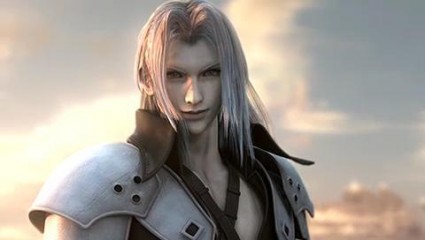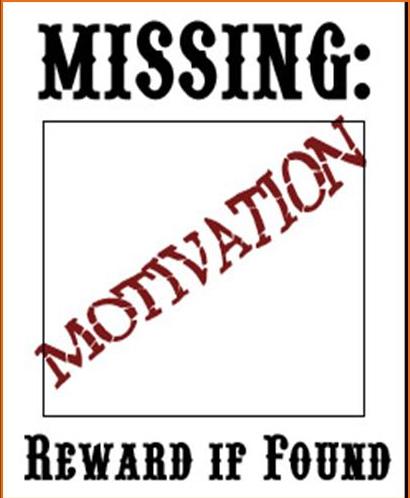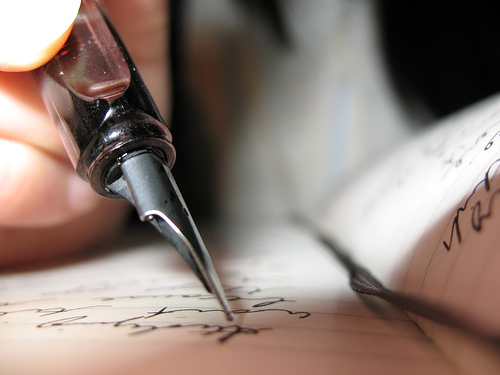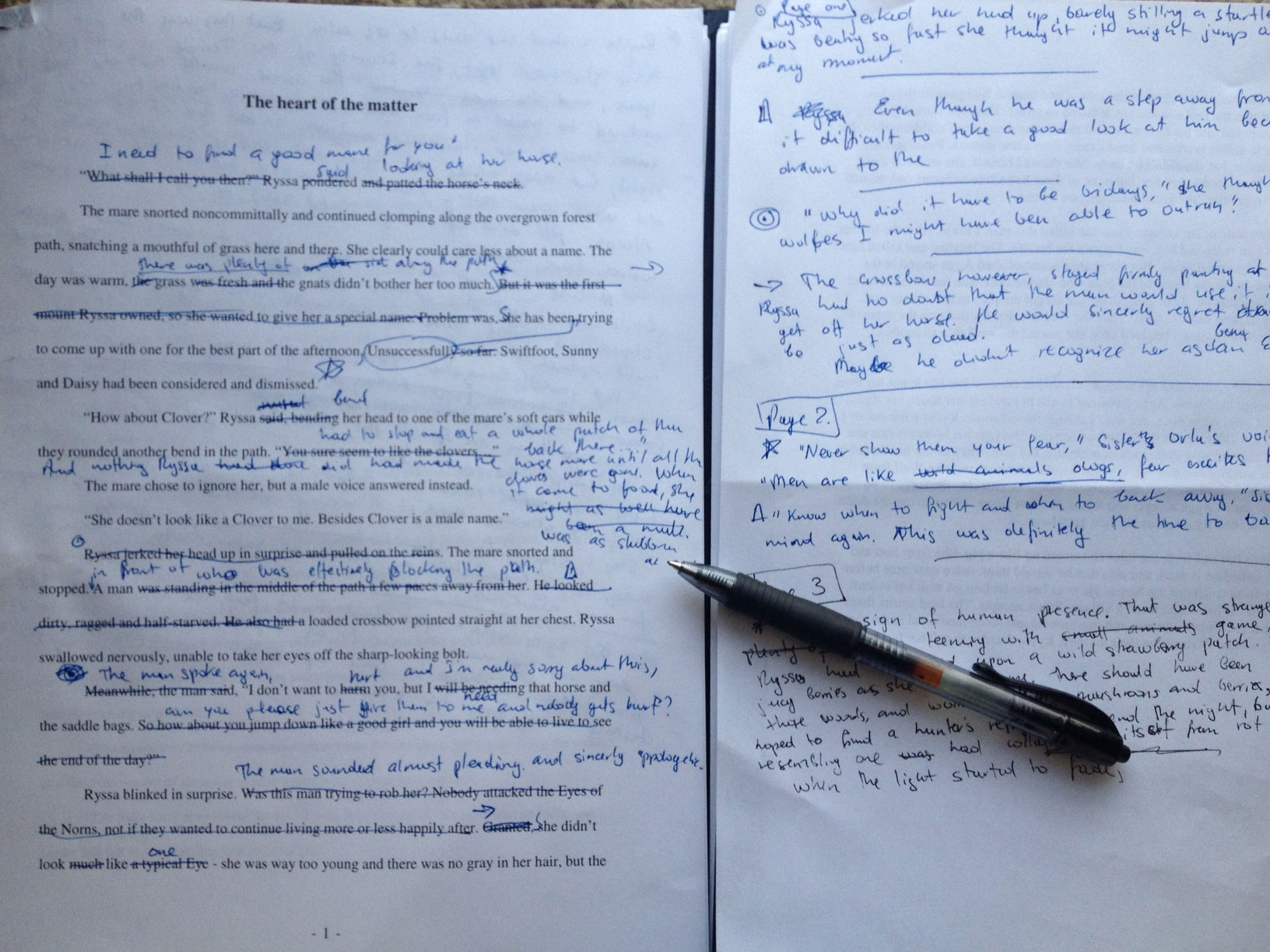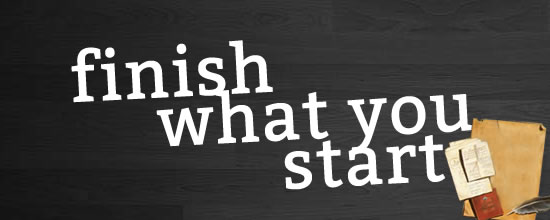A good plot is driven by conflict, and there what better than an antagonist thwarting our protagonist at every turn to escalate that conflict until it has us turning page after page at 4am in the morning because we just need to know what’s going to happen next? And then we feel like zombies at work because we only managed maybe two hours of sleep…
However, the more I read, the more I discover that good antagonists (ha, talk about an oxymoron there!) are hard to come by. Most often, we are presented with a cookie cut villain with absolutely no depth or character, and who does evil because hey he is evil. Or the antagonist is so bland that he or she gets lost in the light of the protagonist’s awesomeness who manages to thwart his evil plans almost effortlessly. Sometimes they are somewhere in the middle: you can see that they are there to drive the conflict, but no real effort had been done to make them interesting and tridimensional. That’s why whey I come across a story with a better than average antagonist, it tends to stay with me for a long time.
So for this post, I thought I would share with out what I think is one of the best antagonists I have ever seen in a book / movie / video game. And, strangely enough, he doesn’t come from the written page, but from the screen of a video game. Back in 1997 (good god, almost 20 years ago, time does fly), I picked up my first ever Final Fantasy game. It was Final Fantasy VII and I still think it’s the best game of the franchise (Final Fantasy X comes a close second, but will never dethrone it for me). It had managed to create a rich and complex world and told a compelling story with interesting characters. But what makes this story so awesome is the presence of the main antagonist – Sephiroth.
Part of what makes Sephiroth so awesome is that he is present throughout the game, even if we don’t see him at all until we are about a third of the way through. But we hear about him: he is a hero, a famous General, the greatest SOLDIER in the history of SHINRA, the monster that burned Nibelheim, presumed dead, but rumors of his sightings spread all over the continent. He is shrouded in mystery, his past a secret, the reason why he went mad and decided to burn a whole town unknown. During the length of the game, we are one step behind him, walking in his footsteps and seeing the ripple effect of his actions.
This build up is so expertly done that by the time we actually see him in Cloud’s flashback, Sephiroth is a figure extremely hard to forget. I must admit that the game designers went all out when they created his model: he is a head taller than anyone else in the game, clad in black and with long silver hair. But perhaps the most memorable detail about him is Masamune – the extremely long katana that he wields one-handed, as if it was a feather, not a huge damn sword.

What makes him such a good antagonist though is not his looks or the mystery surrounding him, but the fact that the creators of the game put a lot of thought into his character and his background story. The player uncovers different facets of this story during the game. And during all that time, we can’t help but admire Sephiroth’s might, feel sorry for him when we discover certain painful details about his upbringing, and hate him after that fateful episode in the City of the Ancients, but never ever are we indifferent to what he does or what he is.
The game developers managed to create a character who has such a gravitational pull that the whole story revolves around him. This makes the protagonist’s journey and personal growth even more meaningful, and the last battle, where Cloud manages to finally defeat Sephiroth, feels like a real, but very bitter-sweet victory. And this, for me, is the true mark of a good story and a good antagonist.
And before I leave you to ponder about this, let me show you a small example of how the game developers manage to show just how much more powerful than the protagonist Sephiroth is. At one point, your party wanders into a marsh they need to cross and is attacked by a giant snake, the Midgard Zolom. If you are anything like me and haven’t read the walkthrough (I never do unless I’m absolutely stuck), you will get stomped to the ground in all kinds of new and painful ways by that snake. So you go back to the previous area, you kill generic monsters and level up as much as you can, you stock up on potions and go back to face the snake. When you defeat it this time, it feels like a real accomplishment. Then you cross the marsh and just before going into the next area, you are greeted with this sight:
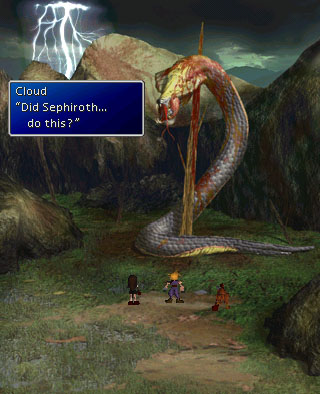
Yep. It took you a party of three to kill your snake and you threw everything you had at it, and Sephiroth just single-handedly skewered it on a tree and didn’t even break a sweat.

